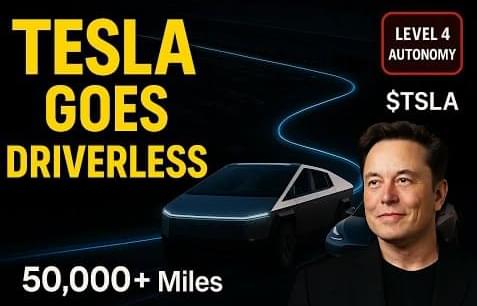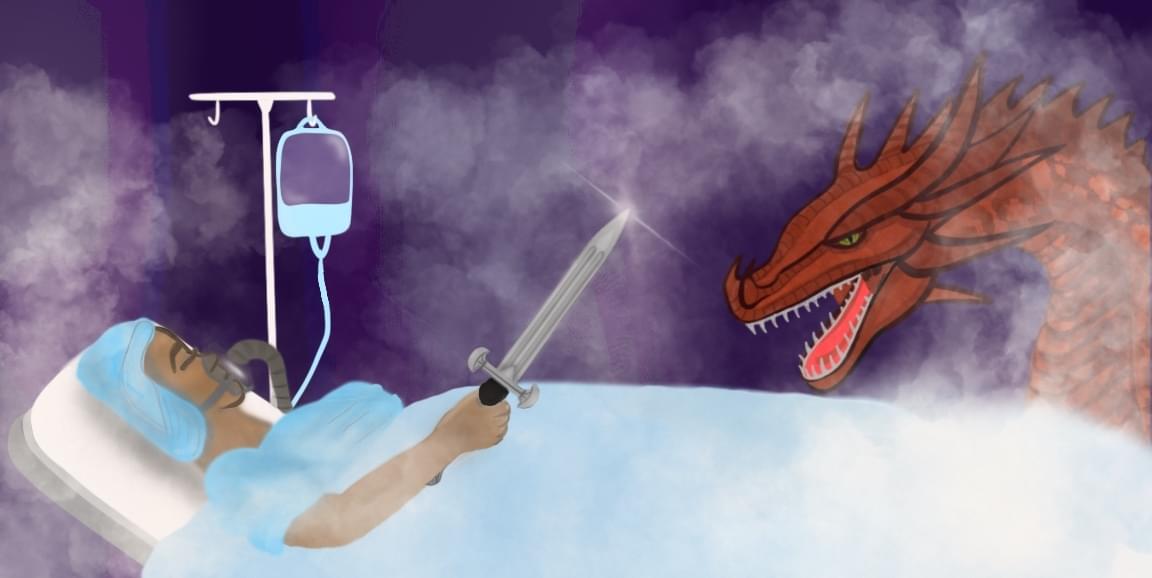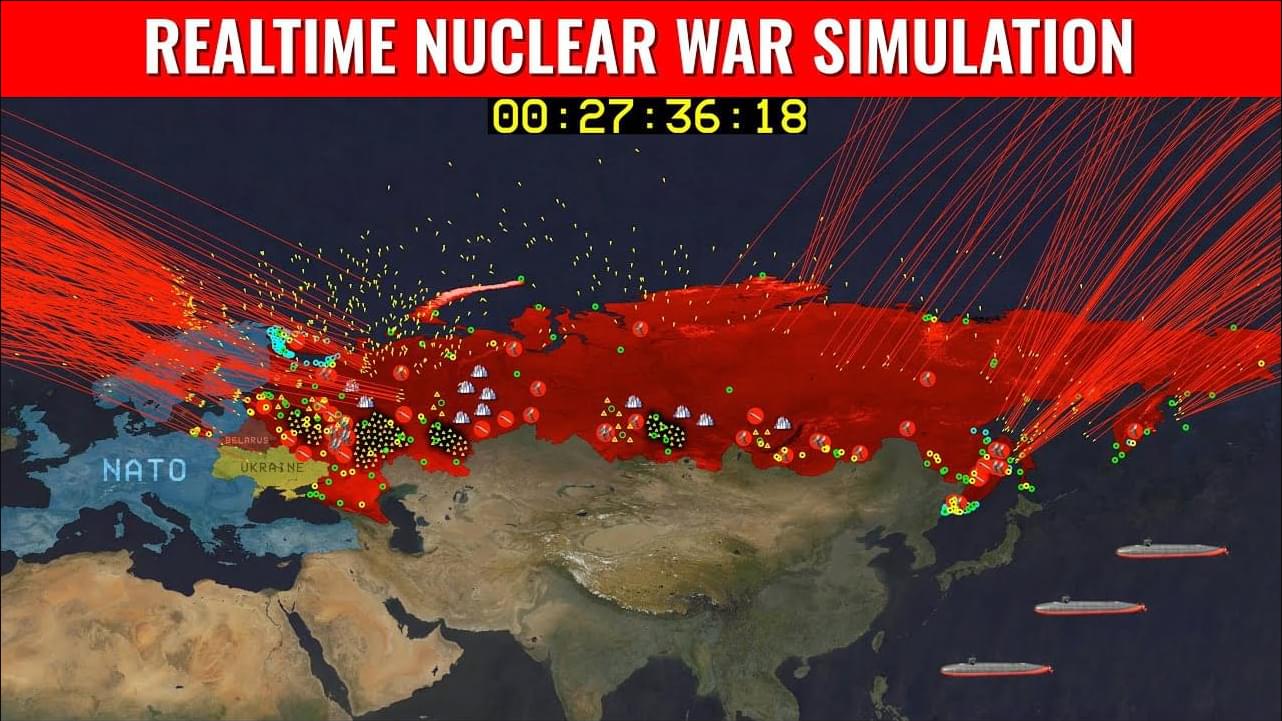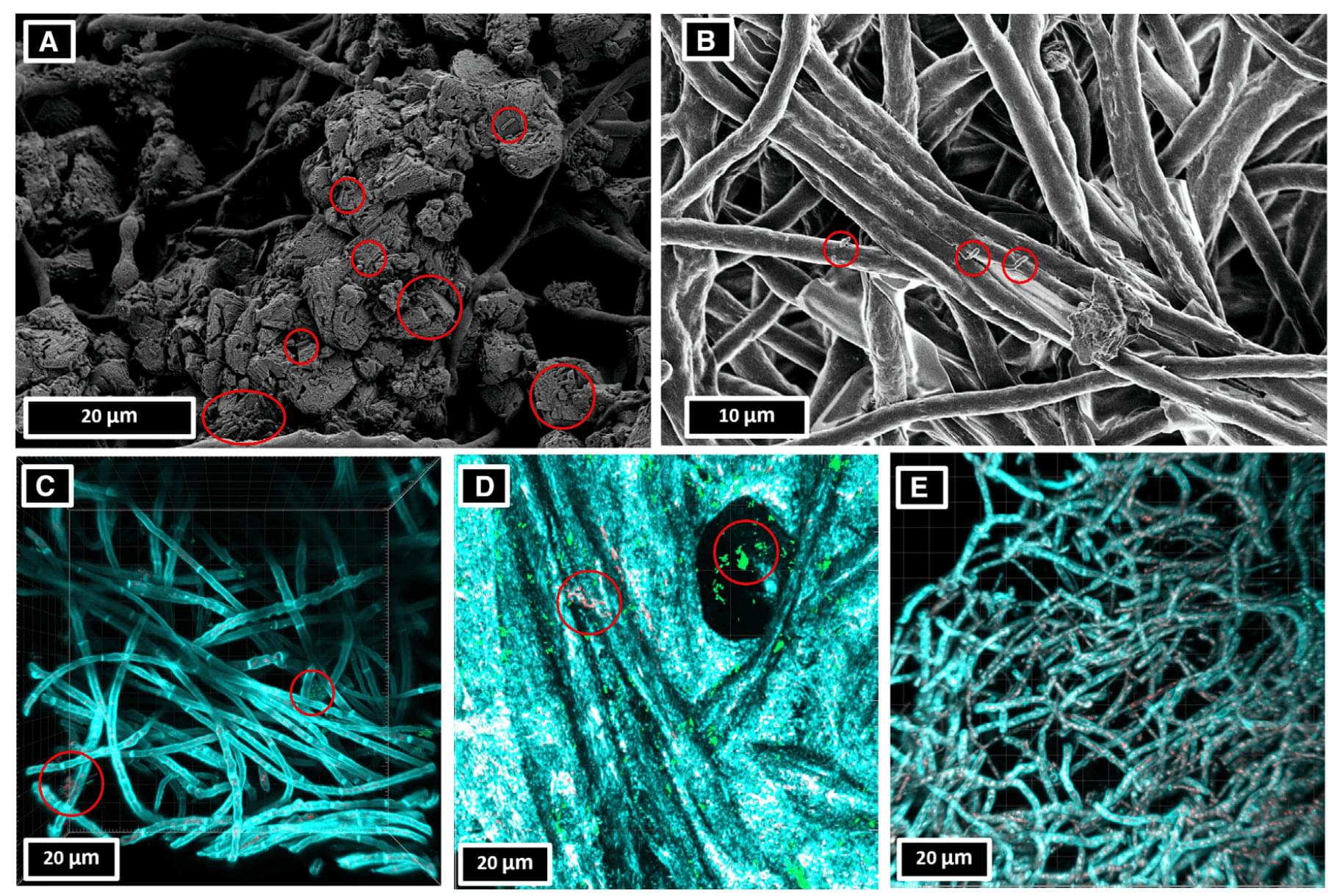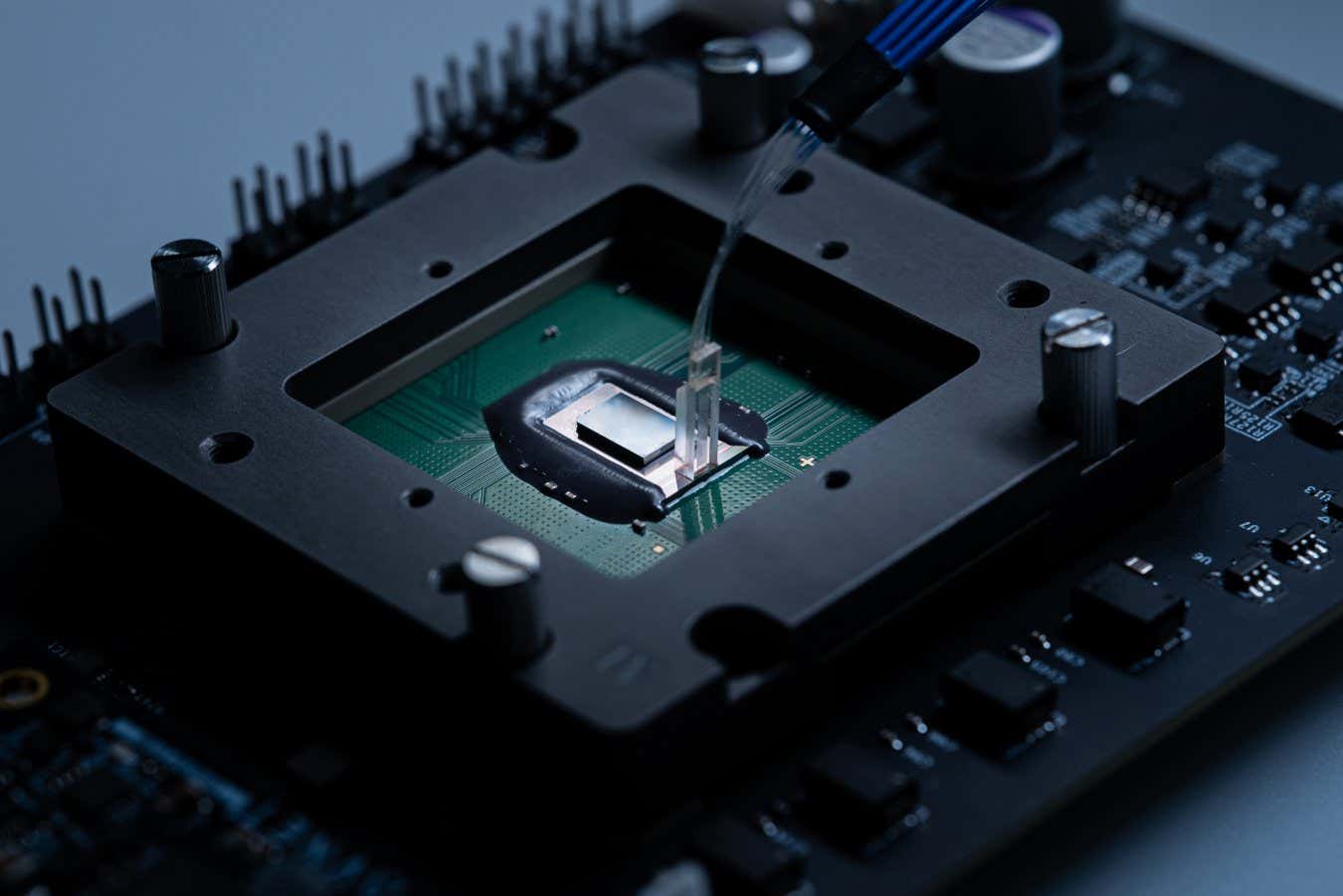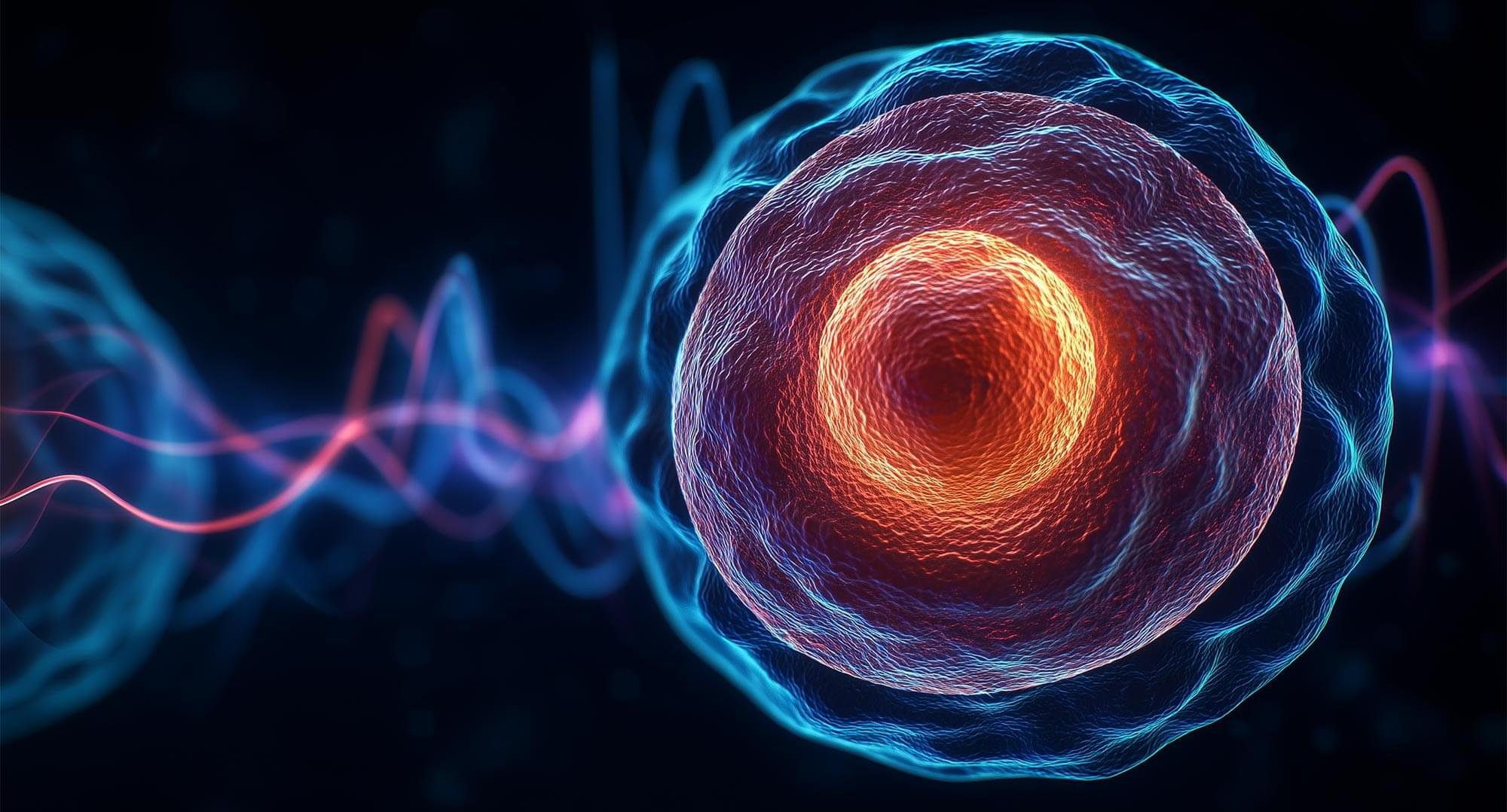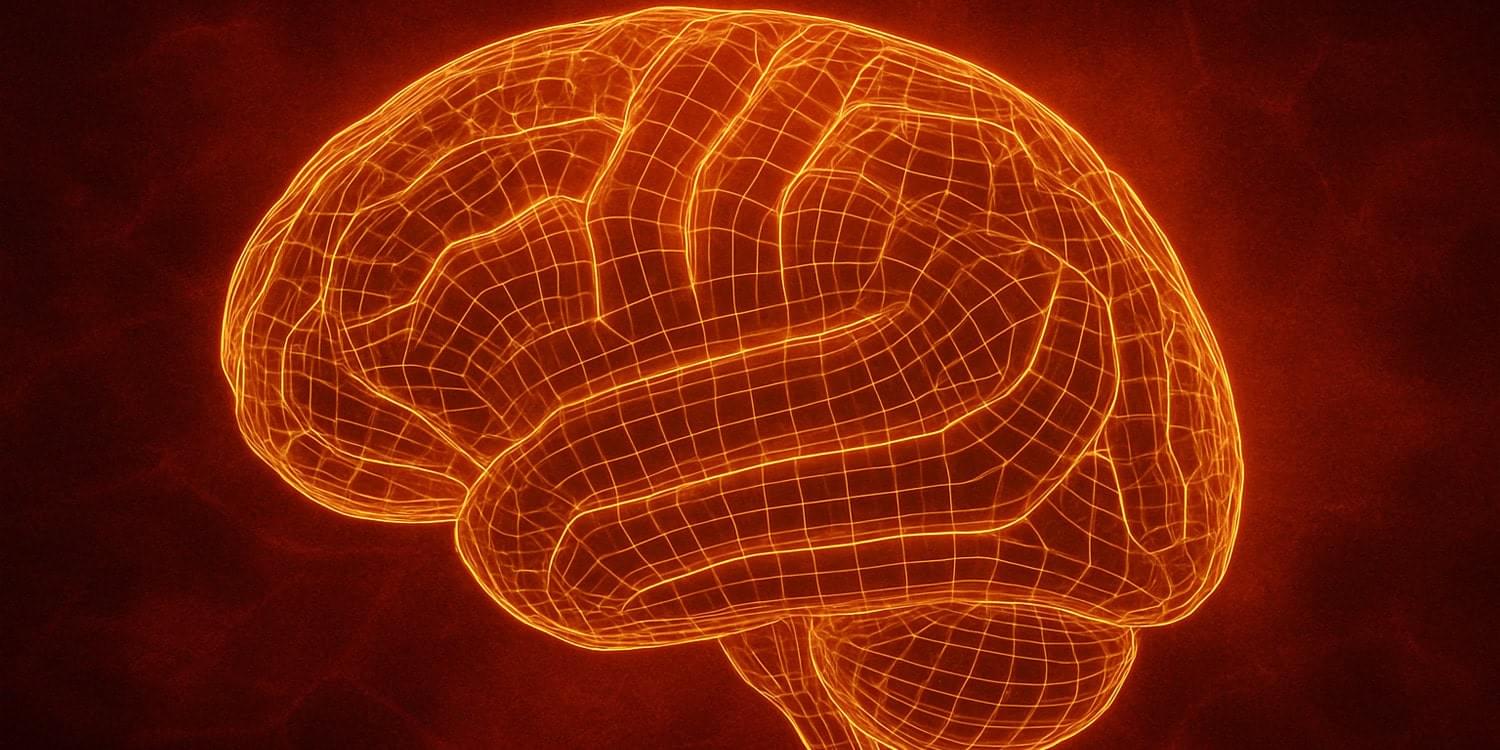Tesla is advancing its full self-driving technology in Austin, Texas, with plans for an unsupervised robo taxi service by June 2025, positioning itself for significant revenue growth and regulatory approval through enhanced safety and efficiency ## ## Questions to inspire discussion Operational Efficiency.
🏭 Q: How is Tesla using unsupervised FSD at Giga Texas? A: Tesla is using unsupervised FSD to drive new Model Y and Cybertruck units from production lines to outbound logistics lots, logging over 50,000 driverless miles between Texas and Fremont factory deployments.
💰 Q: What are the benefits of automating car movement at Giga Texas? A: Automating car movement reduces labor costs, improves throughput, creates a scalable logistics model, and boosts production margins. Regulatory Advantage.
🚗 Q: How does Tesla benefit from Texas regulations regarding autonomous vehicles? A: Texas laws don’t require permits for autonomous vehicles, providing Tesla with a regulatory advantage and a lower-risk proving ground before public rollout of robo taxis. Technological Edge.
🖥️ Q: What hardware advantages does Tesla’s FSD system have over competitors? A: Tesla’s vision-only FSD with Tesla-designed HW4 uses no LIDAR or radar, accelerating the data flywheel with unsupervised miles accumulated. Future Prospects.
🚕 Q: When and where will Tesla launch its first public unsupervised robo taxi service? A: Tesla plans to launch its first public unsupervised robo taxi service in Austin as a pilot rollout in June 2025.
